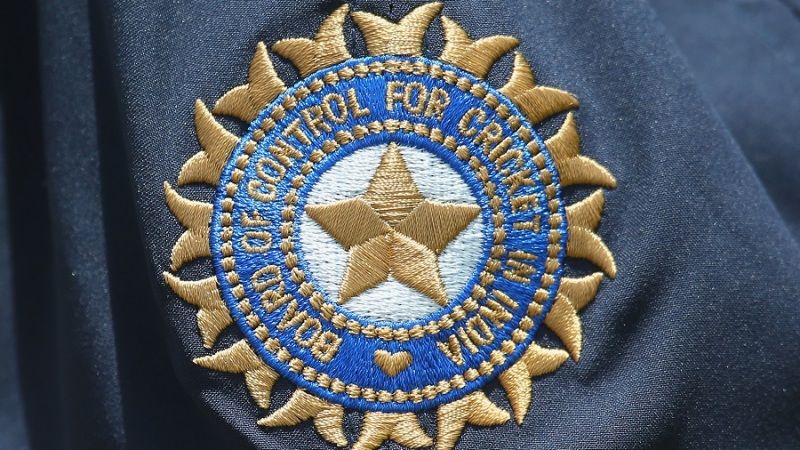The Supreme Court of India has approved the new constitution of the BCCI, based on the Lodha Committee’s recommendations to restructure the board, but set aside some measures that would have radically altered cricket administration in the country.
Among the Lodha recommendations that have not been accepted in the board’s new constitution are the one-state-one-vote policy, and the cooling-off period for office bearers after one term. The cooling-off period will now be after two consecutive terms in office, and the removal of the one-state-one-vote policy means all the associations based in the states of Maharashtra and Gujarat – Saurashtra, Vidarbha, Baroda, Gujarat, Maharashtra and Mumbai – will retain their full membership in the BCCI.
The principle of the Lodha committee’s cooling-off period recommendation still holds, but after two consecutive three-year terms at the BCCI or state, or a combination of both. That gives an official a six-year run in office. Details about the age limit and tenure specifications for office bearers remain to be seen; the Lodha panel had recommended an age-cap of 70 and a tenure limit of nine years at the BCCI or state associations.
The Lodha Committee had also recommended that associations with no state entity such as the Railways Sports Promotion Board, Services Sports Council Board, Association of Indian Universities, National Cricket Club (Kolkata) and Cricket Club of India not have full membership in the BCCI. Of these bodies, the Supreme Court ruled that Services, Railways and the Association of Indian Universities remain Full Members and retain their vote.
The scrapping of the one-state-one-vote policy has restored voting power to several state associations, including Mumbai and Saurashtra, as well as the government associations, like the Railways, the Services and the Association of Universities. The Lodha panel had prohibited “ministers” and “government servants” from any role in BCCI bodies but today’s decision by the court gives bureaucrats and servicemen involved in these associations voting powers.
The chairman of the Committee of Administrators, the body appointed by the Court to oversee the working of the BCCI, Vinod Rai welcomed the court’s order. ”This is an excellent order by the Honourable Court,” Rai told PTI. “I have absolutely no problem with office-bearers having two consecutive terms. Even I had originally wanted a six-year term before cooling off period but couldn’t get consensus.”
The new constitution, which was approved by the apex court in its verdict on Thursday, is to be registered in four weeks with the Tamil Nadu Registrar of Societies, and the BCCI and state members are to comply to the new constitution within the next 30 days and intimate the COA.
”Now we finally have a roadmap in place which will lead to adoption of the new constitution and subsequently elections,” Rai said. “Now there is a time-line in place. Now the SC ruling will ensure that state units will have to comply with the order by deadlines or else COA can move court.”
The story dates back to the IPL corruption scandal of May 2013, which began with the arrest of former India fast bowler S Sreesanth and several other cricketers by the Mumbai police for colluding with bookies over alleged spot-fixing. The involvement of IPL owners, from among Chennai Super Kings and Rajasthan Royals, with the illegal bookmaking industry and the BCCI’s slipshod handling of the affair led to the Supreme Court’s involvement, following a petition by the unrecognised Cricket Association of Bihar into the board’s mismanagement and conflict of interest in investigating the issue.
In October 2013, the Court appointed a three-member committee headed by former High Court judge Mukul Mudgal, and including additional solicitor general L Nageswara Rao and Nilay Dutta, to conduct an independent inquiry into the IPL. The Mudgal committee also had the larger mandate of looking into allegations around betting and spot-fixing in IPL matches and the involvement of players.
The Mudgal committee submitted its final report in November 2014 in two parts: the names of players under investigation were in a sealed envelope, and the second part dealt with several “non-playing actors,” which included the two Chennai Super Kings and Rajasthan Royals officials, BCCI president at the time N Srinivasan and the IPL CEO at the time Sundar Raman.
In an order passed in January 2015, the court set up a committee under the former Chief Justice of India, RM Lodha, to determine appropriate punishments for some of the IPL officials involved in the corruption scandal, and also to propose changes in streamlining and reforming the BCCI to prevent sporting fraud and conflict of interest.
In January 2016, the Lodha Committee released its report, recommending an exhaustive overhaul of the BCCI’s governance and administrative structures. On July 18, 2016, the Supreme Court approved the majority of those recommendations and directed the Lodha Committee to supervise their implementation by the BCCI. Over the next six months, the BCCI and its state associations did not adhere to the reforms, leading the court to appoint a Committee of Administrators (COA) in January 2017 to facilitate the implementation of the reforms. The 18 months that followed were full of wrangling between the COA and the BCCI’s existing office-bearers, and the BCCI’s review petition was once again admitted in the Court in August 2017 under a new bench of judges. The hearing of the review petition culminated in the Court passing the new BCCI constitution with modifications to key Lodha Committee recommendations on Thursday.
